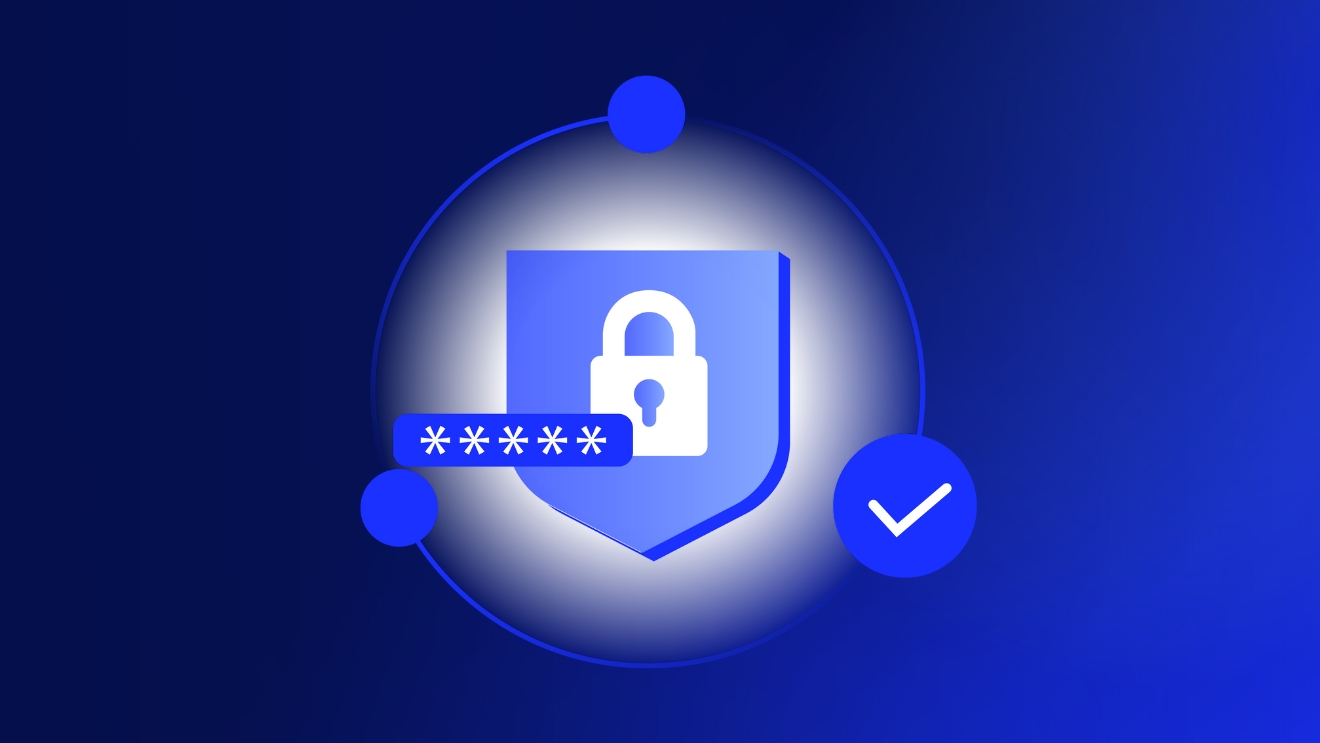Maximizing protection, minimizing risk: Securing your IT infrastructure with LogicMonitor


Due to the increasing challenges faced in network environments and the consistent threat of cyberattacks, companies must enforce appropriate security measures to protect their data, maintain operational integrity and prevent outages. For example, a recent Microsoft outage was caused by a CrowdStrike update that conflicted with Microsoft’s Windows OS. Although LogicMonitor was not impacted by the incident, we were actively assisting our customers in resolving and recovering from the resulting outage. This incident underscores the importance of consistently reevaluating security measures.
The impact of this outage on mission-critical systems also highlights the need for a holistic monitoring solution like LogicMonitor. Our platform detects and alerts you to issues in real time, so your IT team can immediately start troubleshooting. We understand these challenges and are committed to providing you with solutions that can safeguard your IT assets.
As part of our ongoing commitment to security, we are rolling out new security improvements and mandates. This includes the mandatory implementation of two-factor authentication (2FA), the migration of collectors to non-root/non-admin credentials, and the migration to a new API token created under a new user or role with appropriate permissions, all by December 31, 2024.
These updates will help to strengthen your account security and reduce the risk of exploitation.
For more information on LogicMonitor’s Security Mandates, including an FAQ, please visit the LogicMonitor Trust Center, LogicMonitor Community and the Security Best Practices Guide.
While we’ve had Single Sign-On (SSO) available for some time to simplify user identity management and improve overall security, we’ve been busy continuously improving the security of our platform with these additional new features:
Read on to learn more about the enhancements in 2FA and additional improvements.
2FA is a vital feature for improving your account security. This additional verification step, beyond your username and password, can help to prevent unauthorized access even if your credentials are compromised.
LogicMonitor users assigned to roles with the Security permission can globally apply 2FA for all users logging into your LogicMonitor portal, or apply 2FA on a per-user basis.
Once an organization has set up 2FA, users can choose from multiple authentication methods such as the Authy app, SMS, or phone call. Users can follow these steps to select their desired 2FA method:
Again, if you already use our SAML based SSO solution, the 2FA mandate will not apply to you.
Previously, LogicMonitor required root or administrator credentials for its collectors to gather data from monitored resources. While effective, this approach posed security risks by granting excessive permissions that could be exploited if compromised.
By migrating collectors to non-root/non-admin collectors, you adhere to the principle of least privilege and enhance the security of each account. Limiting the capabilities of accounts reduces risks and protects your infrastructure.
For detailed instructions on migrating your Linux collectors to non-root and your Windows collectors to non-admin, please refer to the “Running Collectors with the least privilege” section in our support documentation.
RBAC is a security mechanism designed to restrict access to a system based on the user’s role within an organization. By assigning specific permissions to different roles, individuals will only have access to the information and resources needed to perform their job functions.
To implement RBAC effectively, administrators should define roles based on the principle of least privilege. For example, you can use our out-of-the-box roles such as “readonly” for users who need to view data but not change it, and “ackonly” for users who need to acknowledge alerts and configure scheduled downtimes (SDTs).
Limit the assignment of the default “Administrator” role to as few users as possible to maintain a secure environment. This role grants access to all system functions. Instead, use more restrictive roles tailored to specific responsibilities. Additionally, apply the principle of least privilege to the “lmsupport” user account, ensuring it is used only for necessary support activities.
In addition, customers should implement the following best practices:
API tokens are important for authenticating requests to the LogicMonitor platform. They allow users to manage resources, dashboards, devices, and more. To prevent unauthorized access to your systems, follow these best practices:
We encourage you to implement the security measures recommended above to protect your IT environments effectively. Leverage LogicMonitor’s advanced security features and resources to ensure compliance and strengthen your security posture. In addition to these best practices, IT teams should always make sure their users are trained in your organization’s security protocols, update all systems and applications regularly with the latest security patches, and integrate LogicMonitor’s audit logs with your SIEM for continuous monitoring and alerting on suspicious activities.
Visit our support documentation for detailed guidance. For additional assistance, please reach out to our dedicated technical support team.
© LogicMonitor 2025 | All rights reserved. | All trademarks, trade names, service marks, and logos referenced herein belong to their respective companies.
